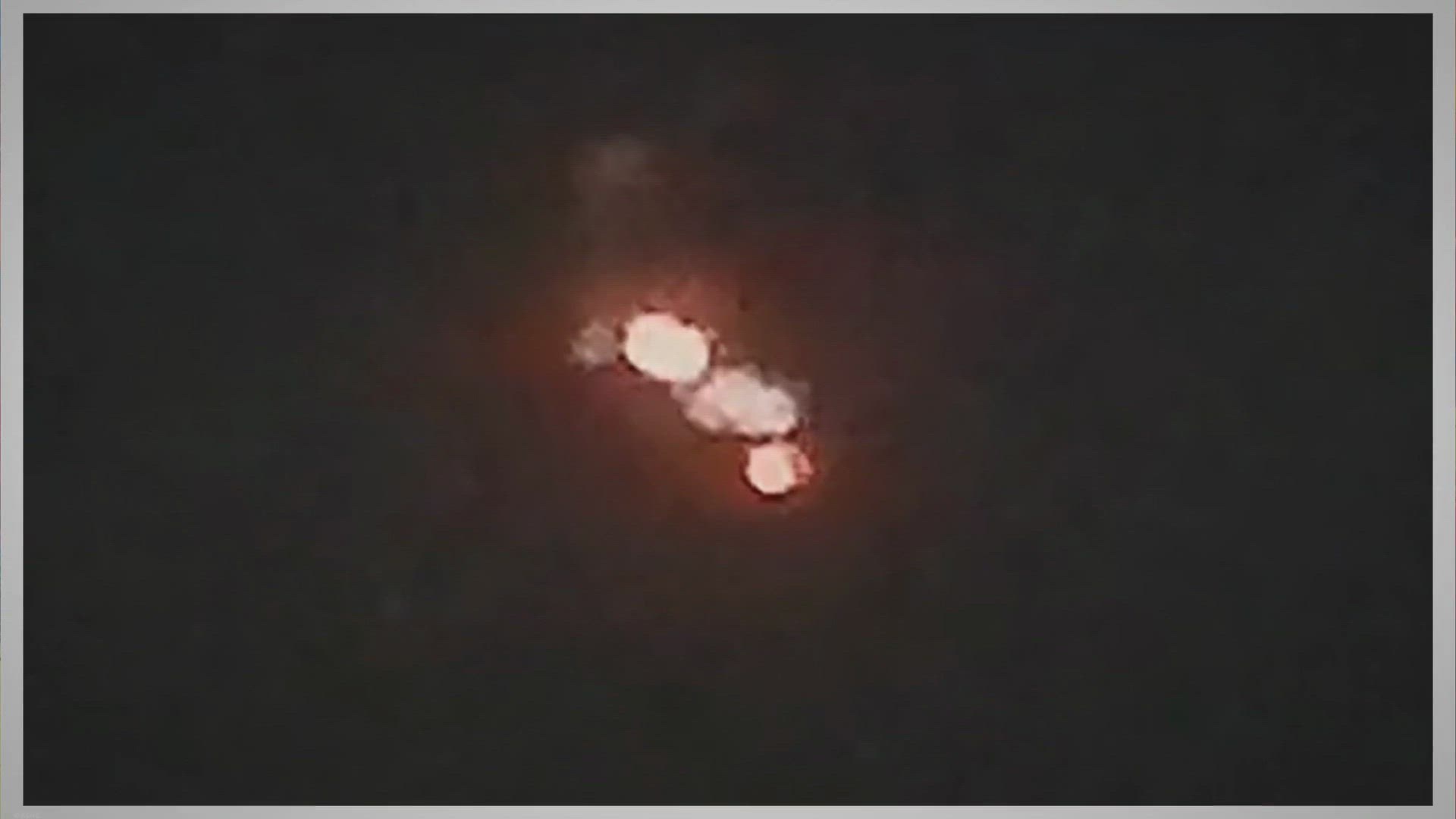

In recent years, the conversation around UFO sightings has shifted from fringe conspiracy to legitimate national-security concern. Veteran investigative journalist George Knapp and documentary filmmaker Jeremy Corbell, hosts of the Weaponized podcast, sat down to dissect this seismic shift—and why those in power still resist full transparency.
1. The Slow Unraveling: From Taboo to Headline
Knapp explains that the watershed moment came in 2017 when the New York Times ran its explosive UFO report. Since then, Congress, mainstream media, and even academia have cautiously flipped the script from ridicule to inquiry—opening the door for renewed, serious discussion on UFO sightings.
Yet the same forces that kept UFOs in the shadows—DoD insiders, intelligence agencies, defense contractors—remain highly adept at muddying the narrative. Knapp warns: “They’ve admitted they’ve lied to Congress…made up stories, propaganda. It’s disgraceful—but now a lot of it is out in the open.”
2. Media Whiplash: From Dismissal to Cover-Up Accusation
Corbell notes that every administration touts transparency, yet delivers the same evasive answers. He emphasizes that credible whistleblowers and authenticated military footage are the only path forward. “True transparency on this topic is going to come through good journalism,” he affirms.https://www.youtube.com/embed/c5tFC4K1HHA?si=XfV_rRZU-nBcIeqX
Together, Knapp and Corbell are interviewing whistleblowers like Matthew Brown and digging for undeniable evidence to reignite public trust—and keep UFO sightings in the headlines.
3. Who’s Actually in Control?
According to Knapp, UFO secrecy isn’t driven by a nebulous cabal—it’s orchestrated by a complex web: the Department of Defense, intelligence networks, and private defense firms. But even insiders don’t see the full picture.
“Those whose job it is to confuse the public, to muddy the waters, to slip out propaganda…” have been the real gatekeepers of the UFO narrative. Their aim: keep the mystery alive while controlling what gets revealed.
4. The Great Disconnect: What Publicly vs. Privately
One of Knapp’s core revelations is the divergence between official denial and private concern. Declassified documents from the 1950s show high-ranking military and CIA officials treating UFO sightings as real intelligence issues—yet publicly shaming those who reported them.
The infamous 1953 Robertson Panel exemplified this duality: spent days reviewing data, concluded UFOs weren’t a threat, then immediately painted reports as ridicule-worthy. A public relations campaign to keep the science off the table.
5. The Three Big Questions
Knapp says if he ever sat down with someone who knows the truth, these are the questions he’d ask:
- Origin – Who or what are they? Where do they come from?
- Motive – What do they want with Earth and humanity?
- Technology – Are we seeing something that could threaten national security?
These questions reveal why secrecy persists—and why politicians keep platitudes instead of evidence.
6. The Tipping Point: What Will Break the Secrecy?
A definitive, whistleblower-backed piece of evidence—a smoking-gun video, document, or insider testimony—may be the only thing that cracks the facade.
Knapp predicts that only when a whistleblower with true authority and irrefutable proof emerges will the pentagon and allied agencies finally give in. Until then, the dance of denial and misinformation continues.
7. Why It Matter
- National Security: If real, UFO sightings could represent advanced foreign—or otherworldly—technology.
- Public Accountability: The government’s obfuscation erodes trust in democratic institutions.
- Journalism’s Role: Incomplete disclosure fuels conspiracy, but solid investigative reporting can restore truth.
Knapp and Corbell remind us: UFOs aren’t just sci-fi fodder—they’re a national question, one that demands journalistic rigor and real-world evidence.
Final Thoughts
UFO sightings have evolved from cult curiosity to geopolitical hot potato—with serious implications for science, transparency, and the future of public trust. Thanks to ground-breaking journalism, congressional attention, and brave insiders, the story is only heating up. But the ultimate reveal—what UFOs really are—might still be years away.